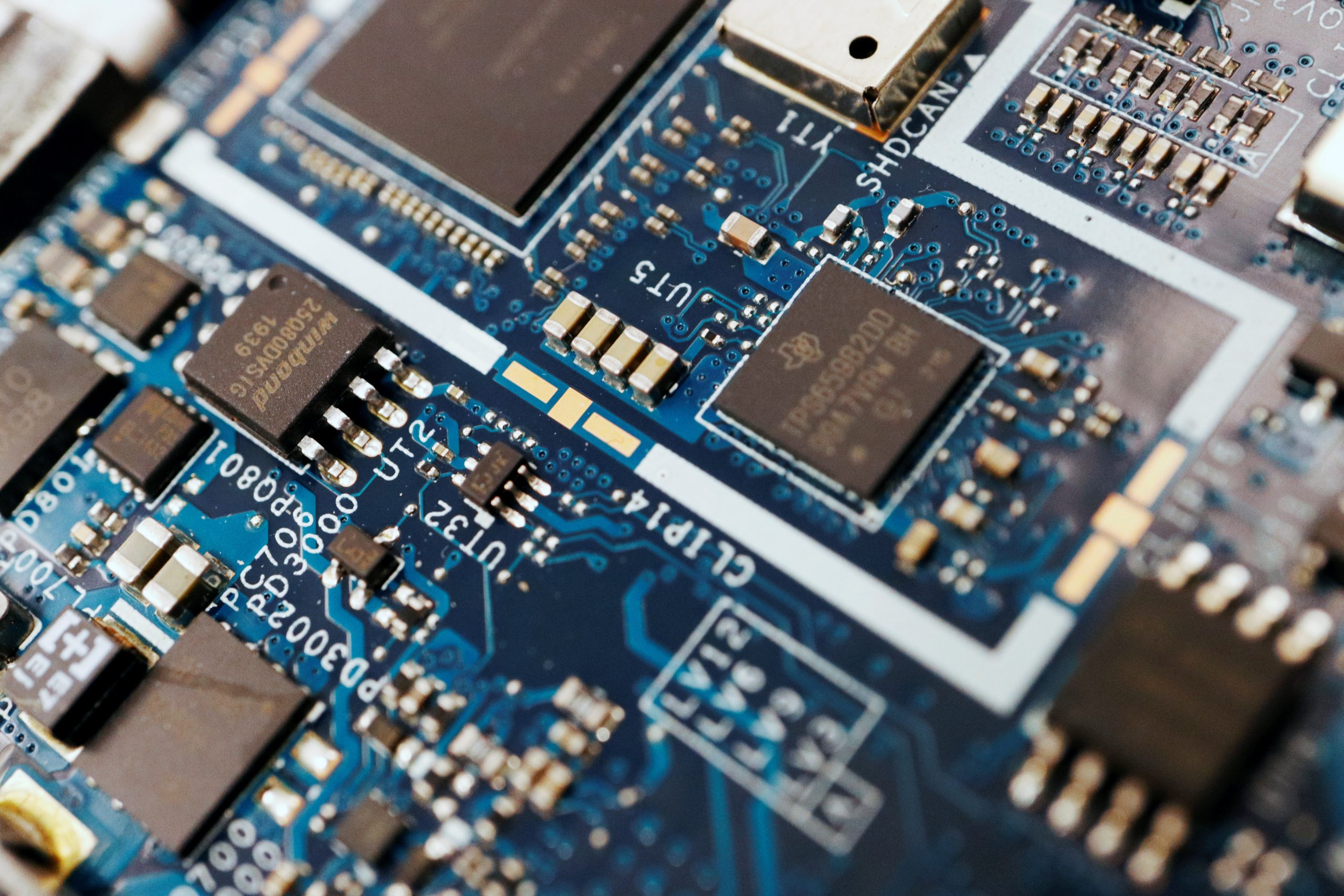
[elfsight_social_share_buttons id=”1″]
President Joe Biden met virtually on Monday with the chief executives of Lockheed Martin Corp, Medtronic PLC and Cummins Inc along with labor leaders as part of the administration’s push for legislation to boost the U.S. semiconductor industry.
“This is about investing in the United States,” said Commerce Secretary Gina Raimondo who took part in the event. “America has become totally reliant on China particularly for” chips used in aircraft, medical devices and industrial machines.
The Senate’s Democratic majority leader, Chuck Schumer, said the chamber would vote to pass the chips bill as soon as Tuesday or Wednesday evening if the Senate voted to advance the bill later on Monday.
On Tuesday, the Senate backed by 64 to 34 a procedural measure on a slimmed-down version of legislation to provide tens of billions of dollars in subsidies and tax credits for the semiconductor industry.
Lockheed Martin CEO James Taiclet told Biden a robust supply of chips “is essential both to national security and to the health of the defense industrial base and the aerospace industry as a whole.”
The bill aims to ease a shortage that has disrupted production in industries including automobiles, consumer electronics, medical equipment and high-tech weapons.
It is part of a broad effort across the government to push back against an ascendant China and ease supply-chain problems by decreasing U.S. companies’ reliance on foreign-made semiconductors.
The bill includes about $52 billion in subsidies for U.S. semiconductor production, as well as a new, four-year 25% tax credit to encourage companies to build U.S. semiconductor plants. The tax credit is estimated to be worth about $24 billion. There are other provisions, including a $1 billion grant program for “persistently distressed communities.”
The Senate approved a bipartisan $250 billion bill boosting spending on technology research and development in June 2021, while the House passed its own version in February.
Copyright 2022 Thomson/Reuters
